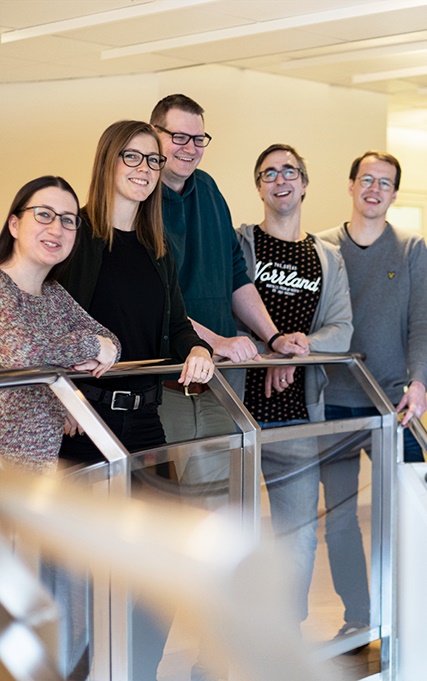Digital security and learning platforms – breaking free from U.S. dependence

As education increasingly moves online, learning platforms have become the digital backbone of schools and organizations. They handle everything from grades and course content to communication and personal data – making them both mission-critical and a potential security risk.
The issue: U.S. cloud laws and legal grey zones
Many popular learning platforms are either American or built on U.S.-based cloud infrastructure. This means they fall under laws like the CLOUD Act, which allows U.S. authorities to demand access to data – even if it’s stored outside the U.S.
For Swedish schools, universities, and companies, this raises serious concerns. Sensitive user data could be exposed to foreign governments, with no transparency and limited recourse.
This is not about fearmongering – it’s about digital sovereignty. About protecting our users, data, and autonomy from political and commercial interests far beyond our control.
The solution: open source and european infrastructure
Open source offers a way forward. With transparent code, we can:
👀 Review and secure it – Identify vulnerabilities and fix them ourselves.
🤩 Host it where we want – On our own servers or with European providers, outside U.S. jurisdiction.
🔓 Avoid vendor lock-in – Customize, adapt, and change providers without restrictions.
👐 Collaborate openly – Shared development leads to better, more sustainable solutions.
We need to act strategically – now
Choosing open source isn’t just a technical decision – it’s a strategic one.
If we want to protect our educational systems long term, we need to build on infrastructure we own and understand. Open source isn’t just a tool – it’s how we build digital confidence and control.





